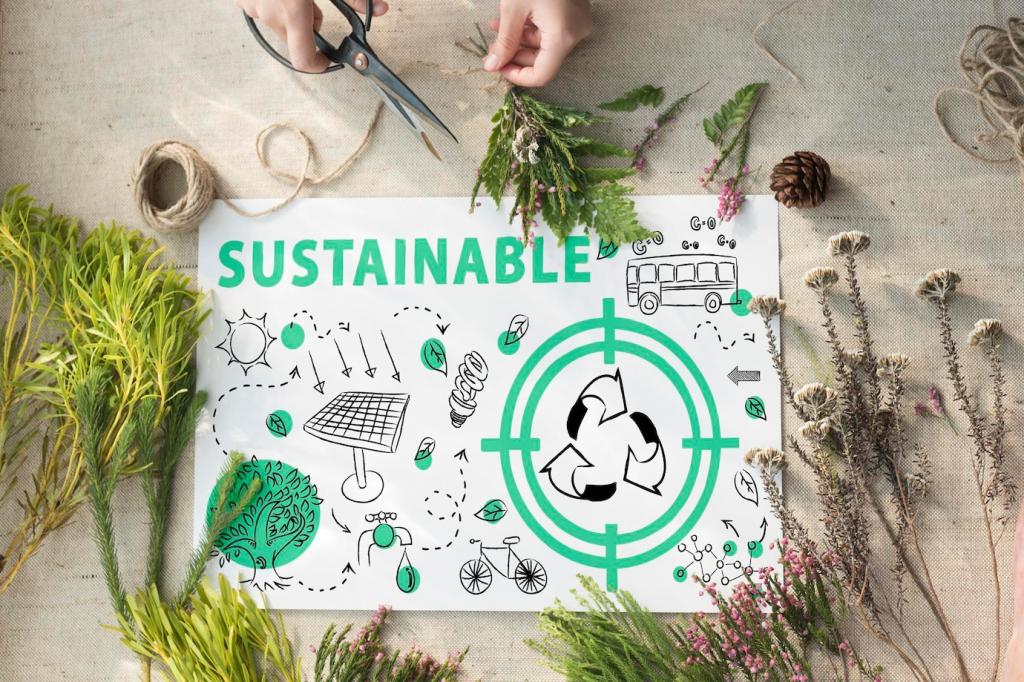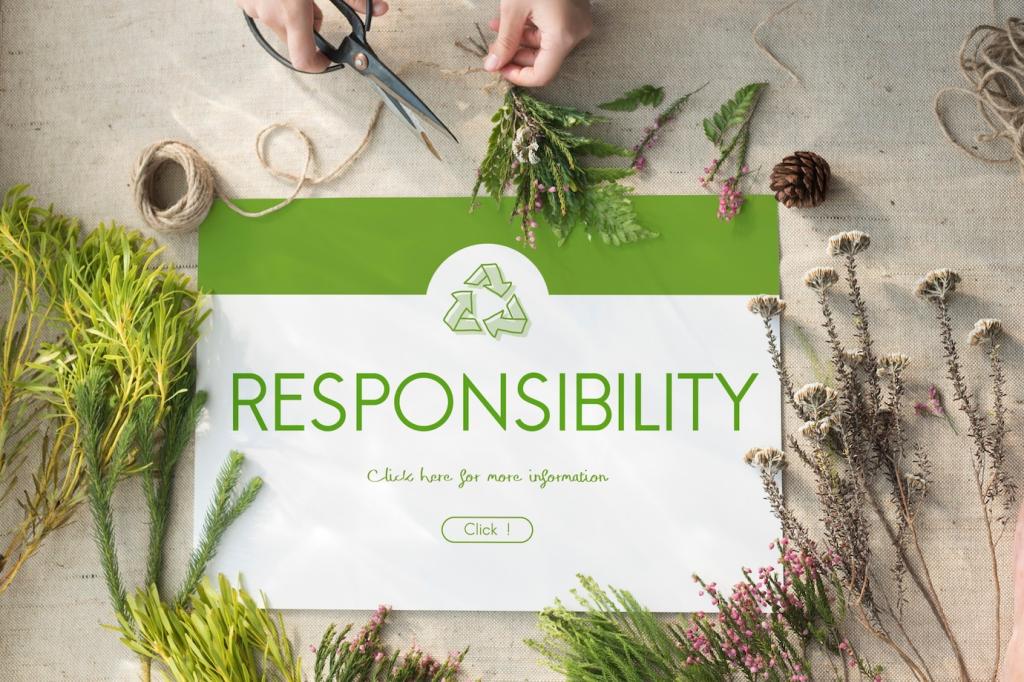Biophilic Intelligence: Designing with Living Systems
Compact indoor microforests and bioactive green walls thrive when soil health is prioritized. Diverse species, beneficial microbes, and thoughtful irrigation deliver measurable air quality improvements and a grounded sense of refuge in the busiest urban homes.
Biophilic Intelligence: Designing with Living Systems
Dynamic spectra gently mirror daylight patterns, boosting focus by day and relaxation at night. Paired with natural textures and views of greenery, circadian lighting systems anchor well-being without feeling theatrical or tech-heavy.
Biophilic Intelligence: Designing with Living Systems
After introducing a moss wall, operable skylights, and humidity-aware sensors, a designer noticed fewer headaches and smoother client meetings. Visitors lingered, crediting the space’s effortless calm—an everyday gift of biophilic intelligence.










